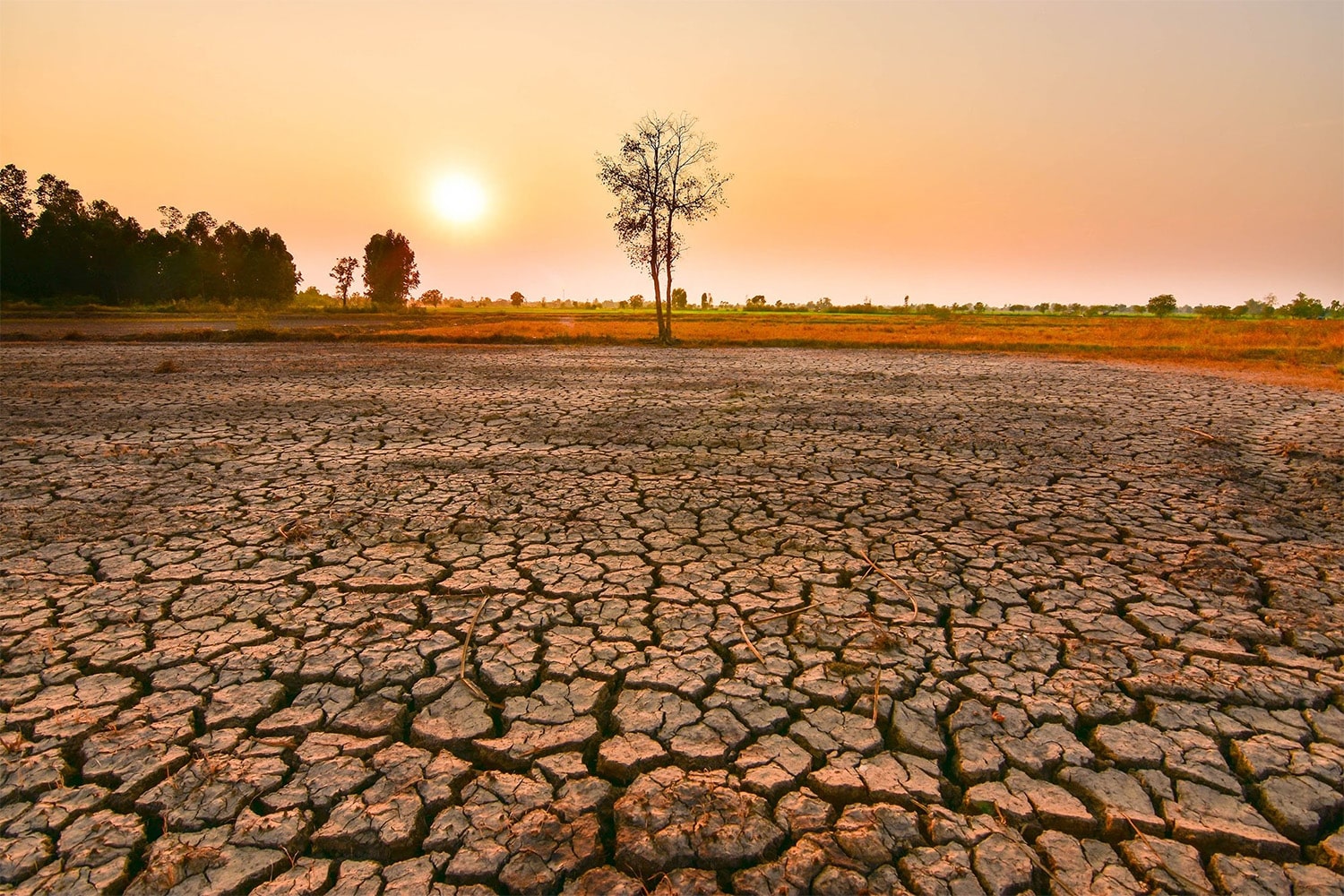
28 interesting facts about El Nino
- 👁️ 306
El Niño is a complex climatic phenomenon that affects weather patterns across the globe, often with significant and far-reaching impacts. Its name, meaning “The Little Boy” or “Christ Child” in Spanish, was given by Peruvian fishermen who noticed unusual warm currents around Christmas time. El Niño events can alter the normal patterns of precipitation and temperature, not only locally but also globally, leading to a wide range of effects on agriculture, ecosystems, and even economies. Understanding El Niño is crucial for preparing for its consequences in affected regions. Here are some detailed and intriguing facts about El Niño.
- El Niño is a part of the El Niño-Southern Oscillation (ENSO) phenomenon, which consists of alternating warm (El Niño) and cold (La Niña) phases.
- El Niño events are characterized by the warming of sea surface temperatures in the central and eastern tropical Pacific Ocean.
- These events typically occur every 2 to 7 years and can last anywhere from 9 months to 2 years.
- The phenomenon was first recognized by fishermen off the coast of Peru as the appearance of unusually warm water in the Pacific Ocean.
- El Niño has significant impacts on global weather patterns, including increased rainfall in the southern United States and Peru, and drought in the western Pacific and Australia.
- The strongest El Niño event recorded occurred in 1997-1998 and caused widespread weather-related disasters.
- El Niño events can lead to a reduction in upwelling of nutrient-rich water off the coast of South America, resulting in lower fish catches in this region.
- They are known to influence the Atlantic hurricane season by increasing wind shear in the Atlantic basin, which can inhibit hurricane formation.
- El Niño can cause extreme weather events such as flooding in some areas and severe droughts in others.
- Economic impacts of El Niño include significant losses in agriculture, fisheries, and water resources.
- It can also lead to increased risks of fires in tropical forests due to drier conditions, especially in Indonesia and Australia.
- El Niño conditions are often followed by a reverse phase called La Niña, which features cooler than normal ocean temperatures in the equatorial Pacific.
- The term “El Niño” originally referred to the warm northward currents observed annually around Christmas along the coast of Ecuador and Peru.
- Scientists monitor changes in ocean temperatures and atmospheric conditions to predict El Niño events.
- El Niño can disrupt traditional weather patterns, leading to unusual climate conditions in unexpected parts of the world.
- The phenomenon affects the Indian Ocean Dipole, a significant factor in determining rainfall in the East African region.
- It can cause coral bleaching due to warmer sea temperatures and reduced nutrient availability.
- El Niño’s intensity and impacts can vary from one event to another, making it difficult to predict precise outcomes.
- The 1982-1983 El Niño event was one of the most powerful of the 20th century and spurred much of the current research on ENSO.
- Advances in technology and meteorology over the past few decades have significantly improved the accuracy of El Niño forecasting.
- Beyond climatic effects, El Niño can have socio-economic impacts, exacerbating food security issues in vulnerable regions.
- The phenomenon often leads to changes in marine ecosystems, which can affect species distributions and oceanic food chains.
- Public health issues, such as outbreaks of disease following flooding or drought, are also linked to El Niño.
- Historical records and tree ring analysis have helped scientists track past El Niño events, some even dating back several centuries.
- El Niño’s impact on global temperatures can make it one of the primary drivers of short-term climate variability.
- It also influences the global carbon cycle, with significant implications for carbon dioxide levels in the atmosphere.
- The phenomenon plays a crucial role in the Earth’s climate system, acting as a major heat distributor in ocean waters.
- Preparation and adaptive strategies are vital for mitigating the adverse effects of El Niño, especially in the most vulnerable regions.
In conclusion, El Niño is a powerful natural phenomenon with the capability to alter global weather, ecological systems, and human economies. Its effects are widespread and varied, demonstrating the intricate connections within our Earth’s climate system. Understanding and predicting El Niño events are crucial for developing strategies to mitigate their impacts on both local and global scales, highlighting the importance of continued research and monitoring in this field.
El Niño is a complex climatic phenomenon that affects weather patterns across the globe, often with significant and far-reaching impacts. Its name, meaning “The Little Boy” or “Christ Child” in Spanish, was given by Peruvian fishermen who noticed unusual warm currents around Christmas time. El Niño events can alter the…